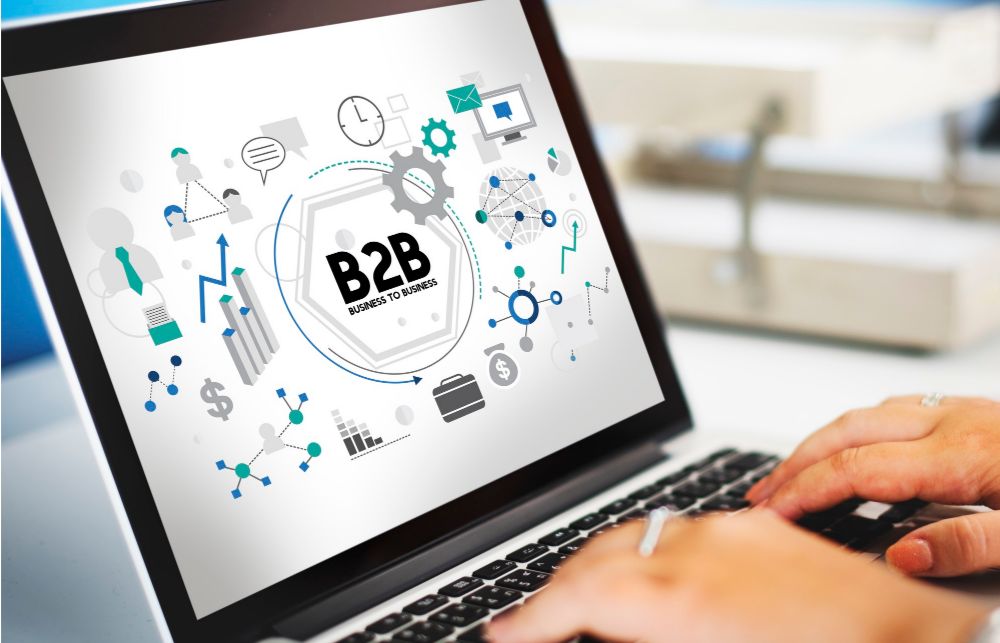B2B sales is a complex business, requiring you to pay close attention to the right metrics, improving customer loyalty while fostering strong relationships. You are probably already aware that it costs less to keep an existing customer than to gain a new one, not only because they support your business through Rands and cents, but because they also spread the word about what you do, helping you scale. In comparison with B2C businesses, B2C businesses are not as dependent on discounts, marketing and promotions, and B2B transactions are generally larger than B2C. B2B also has a longer and more complex sales process, requiring some important decisions in order to retain these B2B customers:
Personalise B2B customer experience
No matter the sector, no customer ever wants to feel like a number, so personalising your outreach efforts really matters. This can be done in simple ways, like sending personal thank yous, or it can be more complex like sending out targeted promotions which coincide with their customer’s lifecycle. These efforts can be supported with software and sales tools, in order to carefully track and build customer interactions. CRM platforms can provide a record of each engagement so that salespeople can pick up where the last one left off. Further to this, it is important to keep strong records that track and trace your customer’s goals, challenges, preferences and planned pipeline developments. Core to this is placing your B2B customer’s needs at the centre of your efforts, demonstrating how you will support them in reaching their objectives.
Quantify your benefits
Rather than taking a passive stance where you check in with your customer base once every quarter, it is far better to proactively and regularly share how your business has added value to your customer’s bottom line. So share data that easily communicate how your business has given them a competitive advantage. This might be done by highlighting how your business charges below market rate and offers 24/7 service or discounts on bulk orders or shipping costs. The stats you provide should offer your customer context and perspective and clearly demonstrate why you are better than the competition.
Consistently monitor your metrics
While customer satisfaction is often monitored as a sign of loyalty, this may not necessarily be relevant when it comes to customer retention. Rather, it is useful to use what is known as the “loyalty ladder” which tracks customer behaviour traits that demonstrate if a customer will be likely to work with you long term. These steps include:
- Showing an interest in building a relationship with you
- Endorsing your products or service
- Resisting the urge to switch to a competitor
- Demonstrating a willingness to pay a premium for your product or service
- Seeking you out to collaborate
- Making investments in your company
With this progression in sight, your sales team can then prioritise these existing B2B customers and ensure they have the best possible experience with you and your business.
The bottom line
With the right focus, B2B sales techniques can create a strong sense of loyalty among your customers. This requires you to personalise your B2B customer’s sales journey, prove your worth, demonstrate how you can build their business with them, as well as track and analyse their behavioural feedback. While this process may be more complex than B2C customer management, the upside is huge, leading to long term sustainability and success.
